Scorpions are an intimidating group of animals. With pincers on the front, and a stinger on the back, scorpions are all business at both ends! Despite the spooky look, scorpions are a misunderstand group of animals and most species do not pose a threat to humans. Read on to learn about the scorpion.
Description of the Scorpion
The scorpion is not an insect, so it has a different body structure than a “bug” would. Instead of a three-piece body, scorpions are divided into two sections. The cephalothorax is made up of the head and middle part of the body.
The abdomen is the rear end of the body. Scorpions have two pincers, also known as “chelae,” which are mainly used for manipulating food. They also have a stinger, which is used to inject venom to immobilize prey.
Interesting Facts About the Scorpion
Scorpions are an incredibly unique-looking group of animals. They have multiple distinguishing traits that characterize them. In fact, there are many interesting facts that are unique to scorpions!
- Arachnophobia – Scorpions are actually more closely related to spiders than to “bugs.” They are classified as arachnids, a group of animals consisting of spiders, scorpions, ticks, and camel spiders.
- Glow-in-the-Dark – Scorpions glow when exposed to UV light (which is a “black light”). They contain fluorescent molecules in their exoskeletons that glow when exposed to the UV light. Researchers have not determined why scorpions glow, but they hypothesize the purpose may be to attract insects, provide a warning to predators, or to help detect hiding places by producing a shadow.
- Nocturnal Hunters – These predators hunt primarily at night. During the day, scorpions hide beneath rocks and in crevices. At night they hunt for insects, other scorpions, lizards, spiders, and small mammals.
- Shedding Skin – All arthropods have a thick exoskeleton, but as they grow they will shed this skeleton. The same rule applies for scorpions. Scorpions shed their exoskeletons approximately seven times in their lives, and are vulnerable to attack until their new exoskeletons harden.
Habitat of the Scorpion
There are 1,500 identified species of scorpions! With so many species, scorpions are found in almost every type of habitat. They can be found in mountains, deserts, caves, beaches, coasts, and trees. The only habitats that scorpions are not found in are extremely cold ecosystems.
Distribution of the Scorpion
Scorpions can now be found on all continents except Antarctica. There are some locations in which scorpions were not naturally found, but where they have been accidentally introduced. Scorpions were not native to South Korea, Ireland, Great Britain, Japan, or New Zealand.
Diet of the Scorpion
Scorpions eat a variety of insects, lizards, small mammals, spiders, and other scorpions. They are nocturnal hunters, and search for prey in the cover of darkness.
Scorpion and Human Interaction
People tend to be very fearful of scorpions, which is no surprise, as scorpions are quite scary looking! They have two pincers and a venomous stinger, but the vast majority of scorpions pose no danger to humans.
Of the 1,500 types of scorpions, only 25 species have a sting dangerous enough to cause a human harm. In the United States, there is only one species of scorpion that can be considered dangerous, the “bark scorpion.”
Domestication
Scorpions have not been domesticated in any way. However, some species are docile enough to keep as pets.
Does the Scorpion Make a Good Pet
Some scorpion species do make good pets, for the right individual. The emperor scorpion is the most common species kept as a pet, and is frequently recommended to beginner scorpion keepers. Scorpions in general are kept with the intention of minimal handling.
Scorpion Care
Scorpions must be kept at a specific temperature and humidity, which varies from species to species. Glass aquariums are the most common enclosure used to house scorpions, and can be kept at a steady temperature and humidity. It is recommended to provide at least 10 gallons of space per scorpion. Scorpions must be provided with deep bedding, and adequate hiding spaces in their habitats.
Behavior of the Scorpion
Scorpions are mainly solitary animals. Some species congregate together during the winter, but most are solitary in nature. For the vast majority of scorpion species, individuals only cross paths to breed.
Reproduction of the Scorpion
Different scorpion species have different breeding habits. Many species perform courtship dances, body vibrations, and even aggressive behavior before mating. There are even some species of scorpion that can reproduce without the presence of the opposite sex, this is called “asexual reproduction.”

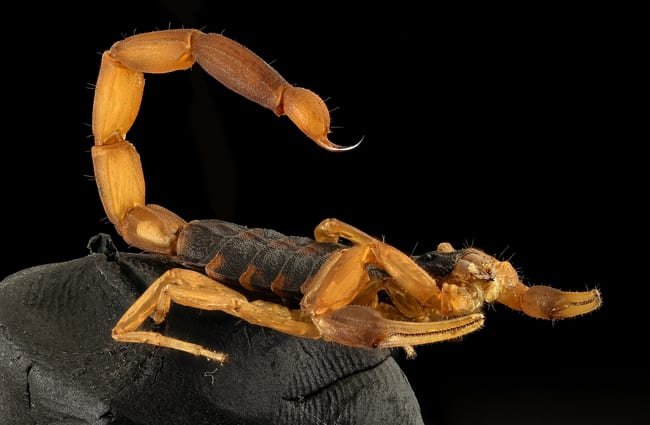

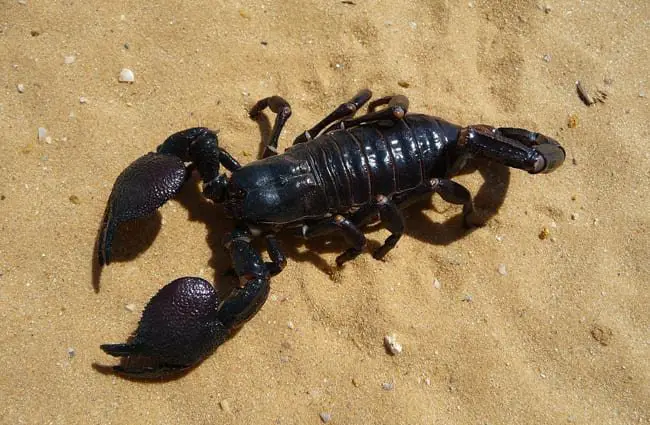
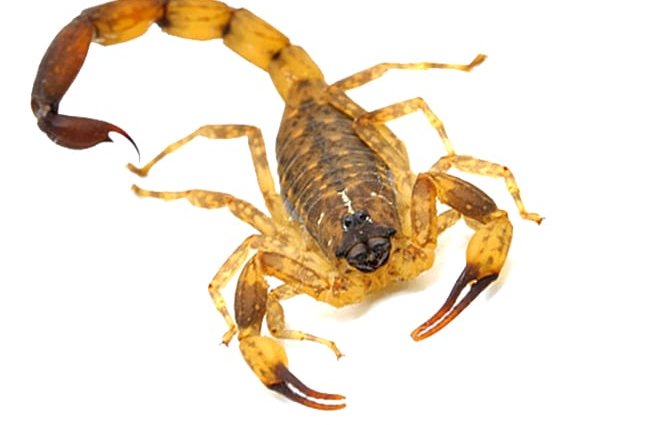
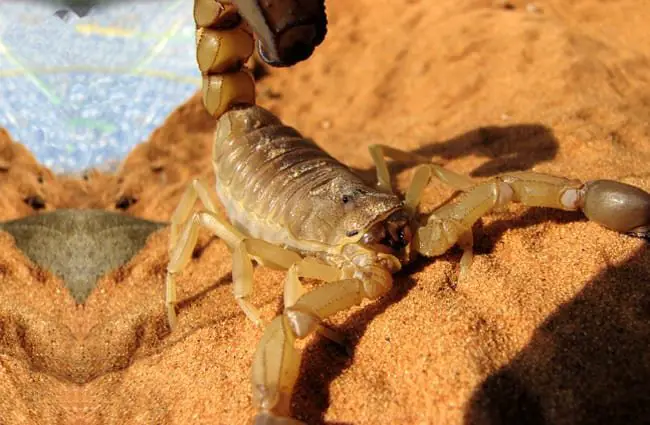


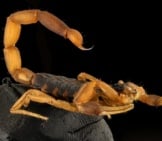
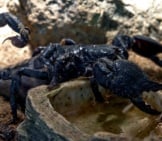


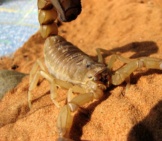

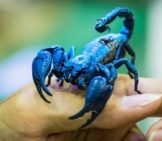
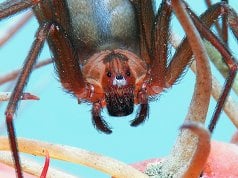
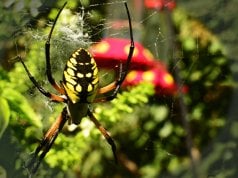











![Red Angus Closeup of a beautiful Red Angus cowPhoto by: U.S. Department of Agriculture [pubic domain]https://creativecommons.org/licenses/by/2.0/](https://animals.net/wp-content/uploads/2020/03/Red-Angus-4-100x75.jpg)

